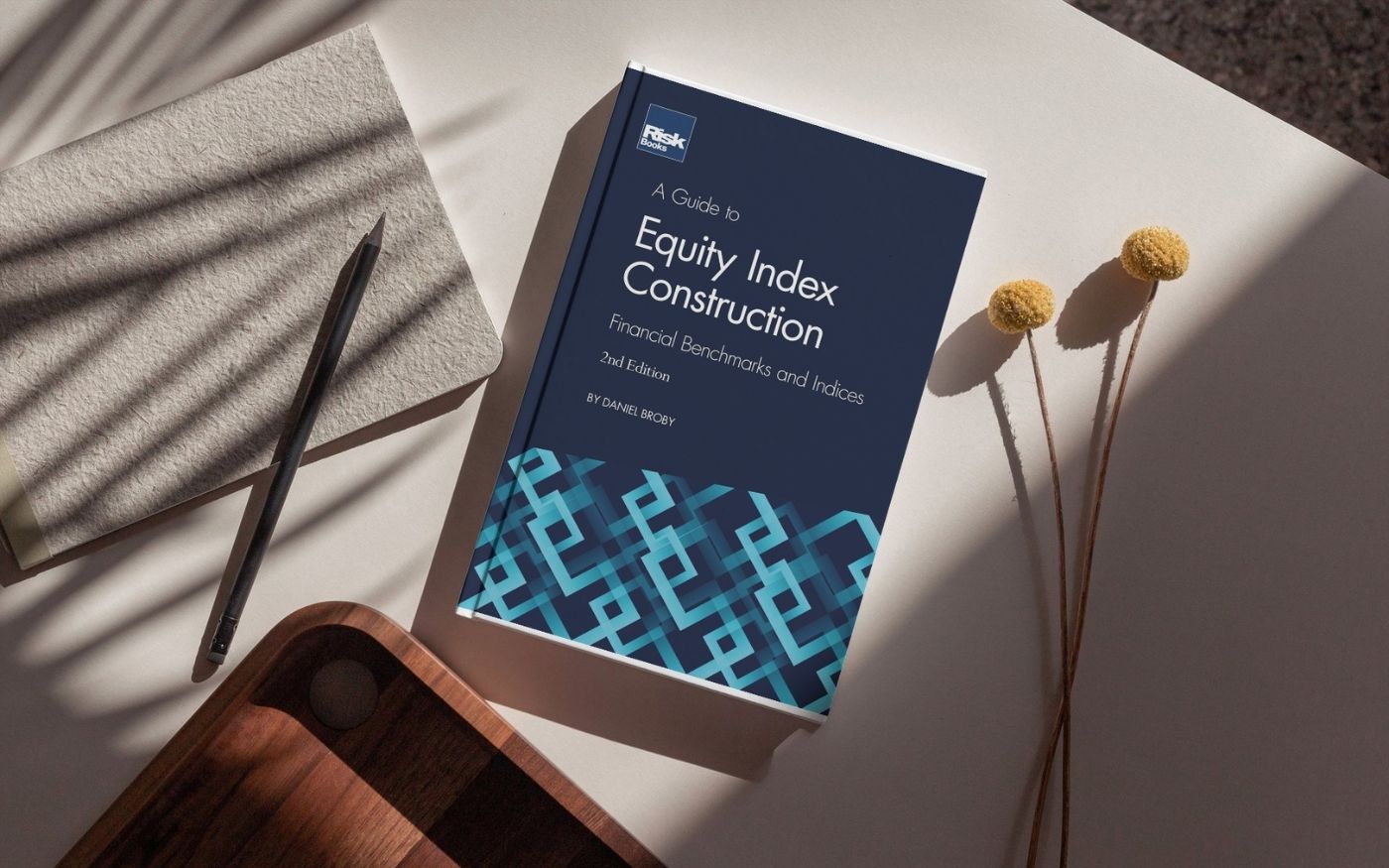Research by: Ma. Theresa P. Mañalac, Mica Ella Cu, Regine Aida Catapia, John Balce, and Lawrence Sumera
Abstract
In January 2021, an equity analyst in the Student Managed Investment Fund of the Asian Institute of Management was trying to estimate the weighted average cost of capital (WACC) of Aboitiz Power Corporation (AP) based on the capital asset pricing model. The WACC estimate would be part of her discounted cash flow valuation, which would then help her determine whether or not the fund should invest in Aboitiz Power Corporation. AP was a leading power generation and distribution company in the Philippines with ₱81.1 billion in revenues over the nine-month period ended September 2020. The Philippines was in the middle of a lockdown related to the COVID-19 pandemic, and while the stock market was showing signs of recovery, the analyst was worried that record low interest rates might exert unwarranted downward pressure on her WACC estimate and artificially raise her discounted cash flow valuation of AP. The company’s WACC had decreased from 2019 to 2020, reflecting a lower risk-free rate, lower borrowing rate, lower stock price, and resulting weight of equity. The analyst needed to explore potential adjustments to normalize the WACC away from pandemic conditions in order to confirm her recommendation regarding investing in AP stock.
Learning objectives
This case is designed for use in graduate-level courses on estimating CAPM-based weighted average cost of capital. It describes the considerations and constraints for estimating the weighted average cost of capital of a Philippine corporation in the middle of the COVID-19 pandemic, and it provides sufficient information to run a discounted cash flow valuation using an as-is and relatively low WACC estimate that reflects the economic environment during the COVID-19 pandemic, to match free cash flows that are also reduced by the effects of the pandemic. After working through the case and assignment questions, students will be able to do the following:
- Describe the economic and market environment challenges companies faced during the COVID-19 pandemic.
- Explain and estimate the various components of the CAPM-based weighted average cost of capital for a Philippine corporation, namely cost of debt, cost of equity, weight of debt, and weight of equity.
- Analyze the drivers of the 2019 and 2020 WACC for a Philippine corporation.
- Evaluate possible adjustments that might be made in estimating the cost of capital during a pandemic and identify the pros and cons of such adjustments.
- Recommend the appropriate approach to estimating the weighted average cost of capital in a pandemic setting.
- Apply the weighted average cost of capital to a given discounted cash flow valuation, and assess the merits of investing in a stock.
To cite this case: Manalac, M. T. P, Cu, M. E., Catapia, R. A., Balce, J., & Sumera, L. (2024). Aboitiz Power Corporation: Cost of capital during the pandemic. Ivey ID: W34098. London, Canada: Ivey Publishing.
To access this case: https://www.iveypublishing.ca/s/product/aboitiz-power-corporation-cost-of-capital-during-the-pandemic/01tOF000002ZJD7YAO





